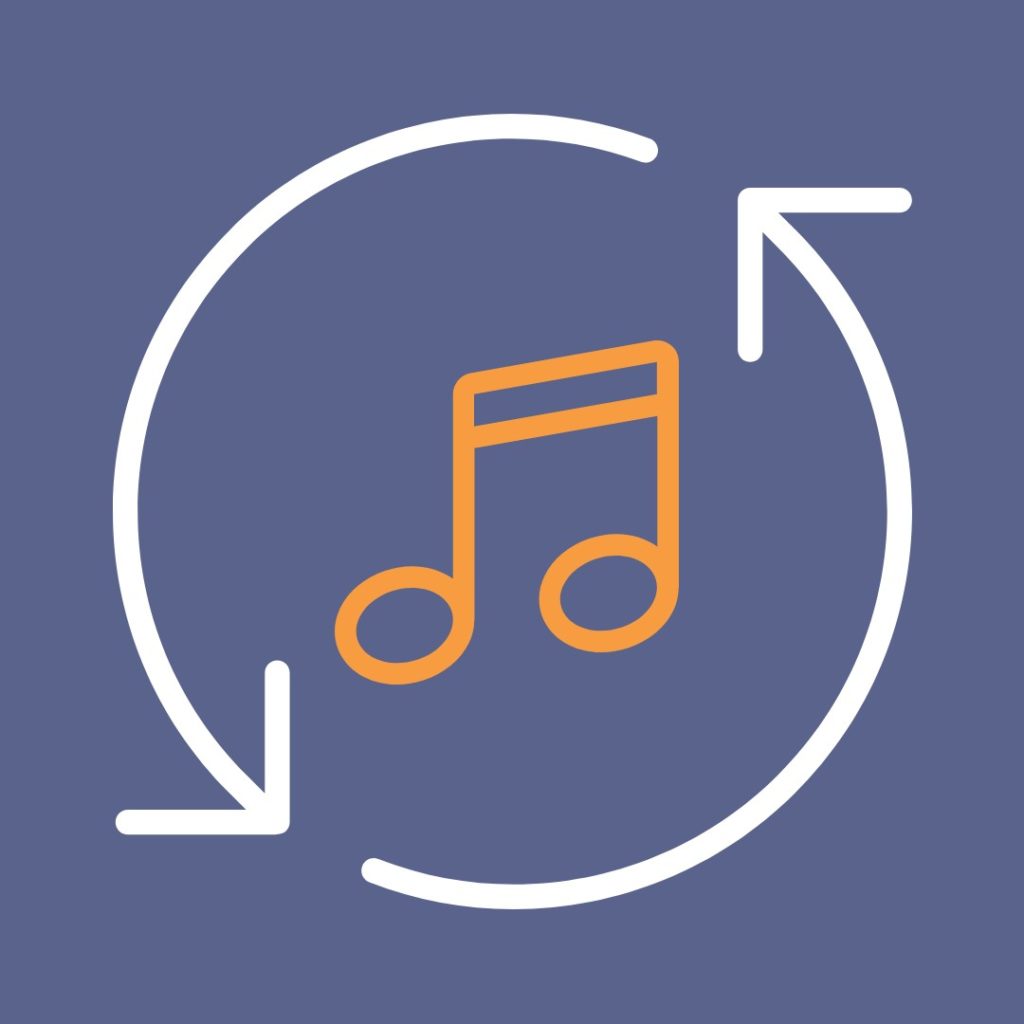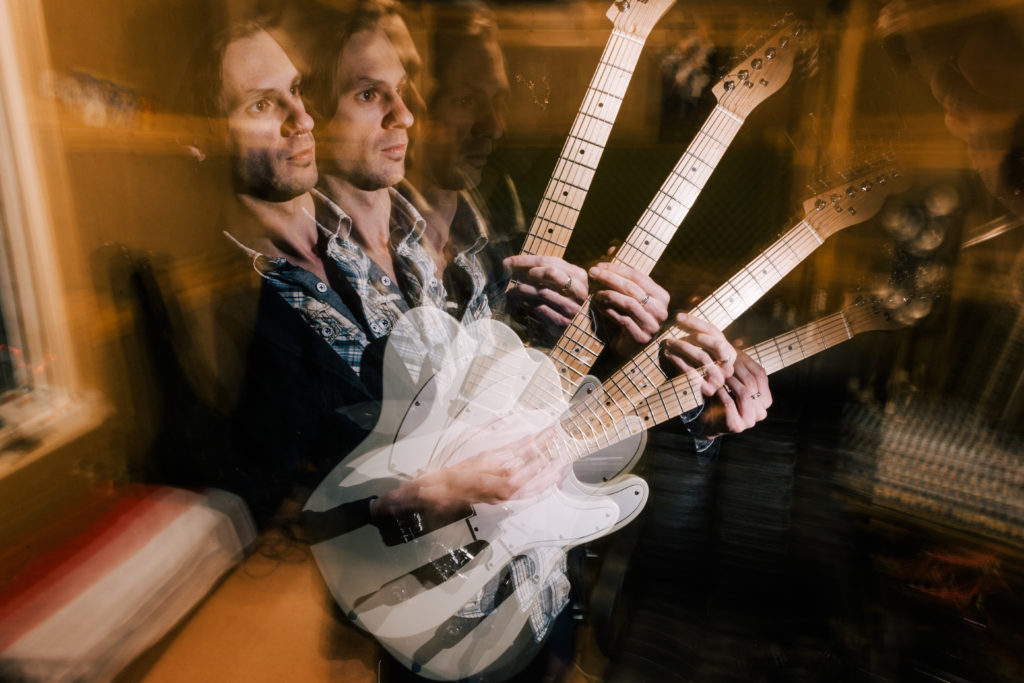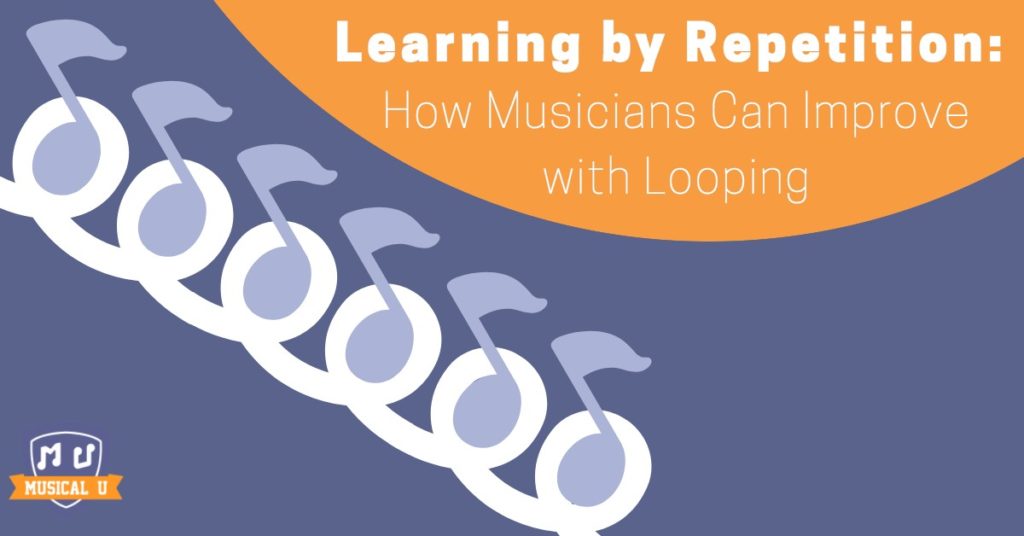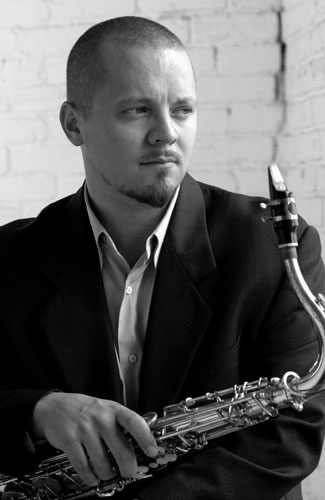Getting better at your craft takes time and effort, and we all get stuck in a rut with musicianship at some point. It’s all too easy to get derailed or discouraged by monotony in practice and a lack of inspiration.
A phenomenal way out of this is looping – it will shake things up and put some fun back into your practice routine.
What is looping? Simple: looping is using software or hardware technologies to instantly record and play back sound. Here’s a simple introduction to the concept:
That video is actually showing just one of the many uses of looping; it isn’t necessarily about just recording and performing. It has a myriad of uses that can improve your musicianship, help you honestly critique your own music, and give you those “Eureka!” music moments that you’re looking for.
Here’s a quick guide to just some of the hidden uses of looping.
1. Critical Listening
Nothing gets you better faster than listening to yourself. Loop pedals make it very easy to play and instantly listen back so you can hear where you need to make improvements.
 If you’re working on a difficult passage or improvising through a set of chord changes just stomp the pedal, play/record yourself, stomp it again to play it back, and give yourself a chance to hear exactly how you sound.
If you’re working on a difficult passage or improvising through a set of chord changes just stomp the pedal, play/record yourself, stomp it again to play it back, and give yourself a chance to hear exactly how you sound.
You can hear what you like, if it worked, articulation, phrasing, intonation, timing… everything is there. And you can do it over and over and over.
2. Composing
Loop pedals are excellent tools for creation and arrangement. You can repeat the song (or sections) endlessly while you try out new melodies, harmonies, chord voicings, or chord progressions. You can even experiment with moving sections around and adding harmonies to a verse or chorus.
If you play several instruments, looping will literally enable you to form a band with just yourself. You can arrange the piece in the privacy of your own space, trying out different bass lines or rhythm parts on guitar or keys, and building your song piece-by-piece. The only limit is your imagination.
Looping even enables you to create a multilayered masterpiece with a single instrument! Watch as violinist Tyler Carson creates an epic piece with just an acoustic violin, a horn violin, and some loop pedals:
3. Creative inspiration
One thing that is often overlooked is the importance of just spending time playing your instrument. That’s practice, too. A lot of us are always working on this lick, or these changes, or this song, or whatever. You also need to work on fun. Music, even serious music, should be fun. It’s fun to make music, and it’s even more fun to make good music.
It’s one thing to work on scales, technical exercises, play along with recordings, or just “noodle” around. It’s something else when you use that pedal to record something and start playing along with it. You can play along with yourself in a myriad of ways: harmonize, do contrary motion, layer, and more. If you’re a wind player or vocalist, you can work on long tones and harmonize with yourself.

If you’re not in the mood to work on something in particular, but you still want to play – plug it in and make some noise. Productivity is far from being the singular end goal in music, and you don’t always have to grind the same stuff in your practice sessions! Loop stations are a great way to put your practice to work into a creative session.
4. Practice for the Real Deal
Another excellent benefit of incorporating a loop station into your practice sessions is it naturally gets you ready for studio recording. Think about it: looping is recording. And if you’re working on it regularly, you can kiss those “studio nerves” goodbye. You’ll be ready to go, because your time, intonation, and execution will be tight. You’ll be used to recording, playback, and evaluating your take; you won’t get freaked out hearing yourself played back for the first time. It won’t be new and you won’t be doing a lot of takes.
When I go into studios and knock out harmony parts, engineers are impressed with how quickly and perfectly I do it. When they ask me how I do it, I let them know I do a ton of looping. It’s literally practicing for studio recording.
5. Ear Training
In addition to being able to harmonize with yourself, you can work on intonation. You can practice playing lines or scales in different intervals like thirds, fifths, and sevenths strictly for intonation.
”Nothing gets you better faster than listening to yourself.”
If you’re messing around with harmonies and chord voicings, the constant playback and experimentation with voices will train your ear to recognize different types of chords, and those progressions you’re working on will be pounded into your subconscious. You’re going to be developing your ear, your songwriting skills, and your improvisational skills at the same time!
I have changed a lot of chord voicings because of these types of exercises. For example, after listening back to a recording, I decided to go away from a triad to doubling the octave and adding a third on top. It’s same amount of voices and the same major/minor quality, but has a very different sound.
Learning Through Looping
We live in a time where there are a lot of tools to help us improve the way we practice music. Looping can help you make the most out of the time you spend making music, by practicing smart. And there no reason why practicing can’t be fun.
Loop stations are excellent practice tools. There are a variety of pedals and programs available for your use – when you’re ready to check these out, here are some of my top picks.
Even if you never do a looping show, you’ll find hours of fun and useful practice are just a stomp pedal away. Visit Looping Live and Singsician to learn more about gear, techniques, and innovative use of technology in music.
Whether you’re aiming to train your ears, self-critique your songs, or get yourself ready for an upcoming recording session, looping can get you there – and ensure you have fun doing it!








